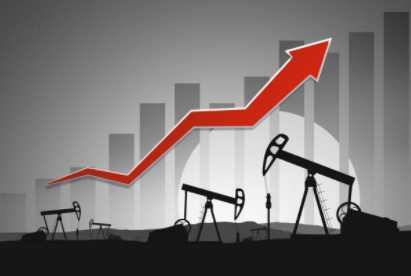
New Delhi: Where is it heading to, the fuel price! Buying automotive fuel is becoming unnerving day by day. Petrol and diesel prices have hit the roof. They scare away buyers from the mobility market. Automakers are compelled to develop new options to spare customers from an unrelenting government with incessant price hikes burning holes in every citizen’s pocket.
Even on Sunday, the petrol and diesel prices were raised by 29 paise and 32 paise a litre respectively, to an all-time high of INR 88.73 and INR 79.06 in the national capital. In Mumbai their revised prices were at INR 95.21 and INR 86.04, respectively and the highest across all the four metros.
Retail prices of the transport fuels differ across the country due to variations in local taxes.
Auto fuel rates moved up for the sixth time on Sunday after the February 1 Union Budget that restructured central levies on auto fuels to carve out a dedicated fund for the agriculture sector. During her budget speech, Union Finance Minister Nirmala Sitharaman had announced the imposition of Agriculture Infrastructure and Development Cess (AIDC) of INR 2.5 and INR4 per litre on petrol and diesel, respectively.
Domestic retail prices of petrol and diesel are linked to the international market witnessing a spike in crude oil prices in expectation of rising demand. But the oil producers are unwilling to raise supply. There is a general expectation of an increase in international crude oil price following a general spike in commodity prices, an executive of the state-run oil companies said, requesting anonymity.
Tightening of production by the oil producers’ cartel, the Organisation of the Petroleum Exporting Countries (OPEC) and its allies, particularly Russia (together OPEC+), and the rising demand after the hope of faster recoveries of global economies thanks to the COVID-19 vaccines are the two key reasons for a jump in international oil prices, he said.
Benchmark Brent crude that was at USD 56.35 per barrel on February 1 jumped 9% to USD61.47 on last Wednesday, highest since January 2020. However, it shed some of the gains during the intraday trade on Thursday at USD 61.12 per barrel, down 0.57%.
There has been a widespread demand for lowering excise duty on the automobile fuels which has taken the branded fuel in Rajasthan to over INR 100. Even in Mumbai, the price gap is narrowing with the INR 100 tag.
The source mentioned above has ruled out the possibility of any immediate cut in central excise to provide relief to consumers from the rising fuel rates citing revenue concerns.
“The annual budget was presented just ten days ago. India is carrying a high fiscal deficit at 9.5% of the gross domestic product (GDP) in 2020-21 largely because the pandemic has hit the economy badly. The budget has also proposed INR 12 lakh crore borrowings in FY22. That would mean a high fiscal deficit of 6.8% in the next financial year. Under these circumstances the government has no room to reduce excise duties on petrol and diesel,” the official said.
Besides the freshly imposed AIDC of INR 2.5 per litre on petrol and INR4 per litre on diesel, (after reducing central excise on them to that extent to keep the total central tax unchanged), the central levy on petrol is INR 32.98 per litre and on diesel INR 31.83 a litre, marginally higher than their basic prices [excluding freight cost, dealer commission and state levies].
Also Read: Fuel prices rise sharply, Mumbai sells petrol at Rs 94.36/l
Alternatives
Automakers have been looking at CNG and other blends of fuel to insulate customers from the consistently rising price of fuels. Companies are looking at the CNG option for tractors and other vehicle categories. Already electric tractors have made their way to the market and could be getting increasingly popular as customers opt for new variants beyond the traditional diesel that currently dominate the segment.
Even in the passenger car and two-wheeler markets, the electric vehicles (EVs) are gaining popularity, though in small volumes. Different states and the central government are promoting EVs through various incentives and subsidies. Still, the Indian market is hugely dominated by petrol and diesel vehicles that form more than 95% of the cumulative sales.
Going ahead, the incessant hike in auto fuel prices will surely set the market on fire and impact demand for cars, in particular for two-wheelers which are more sensitive to price hike and primarily run on the expensive petrol blend.













